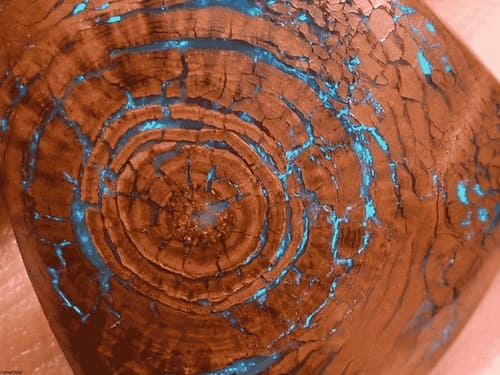 What are polyepoxides ?
What are polyepoxides ?
This page is an opportunity to better understand what is hidden behind epoxy resin. We will discuss its chemical composition but also all the possible uses of this resin. We will also ask ourselves the question of toxicity, the possible effects of this epoxy resin on health and we will propose ways to protect ourselves against them.
It is found in the form of a paint, a coating , a casting filler or an adhesive in the fields of food, construction, decoration, electronics, transport and sports-leisure.
All about epoxy resin
Polyepoxides are also called epoxy polymers because they are made from the polymerization of single epoxy molecules with a hardener. These polyepoxides were first synthesized in the 1940s.
The main advantage of epoxy resin is its ability to change properties when dry. Indeed, once hardened, the epoxy resin is hermetic to the elements which surround it, in particular food and the dioxygen largely responsible for the rotting of foodstuffs. In the field that mainly interests us, decoration, the epoxy resin will stiffen while retaining its appearance, which makes it possible to solidify the support on and in which it is applied : wooden floors and tables.
Its chemical composition of the epoxy resin
What is the chemical composition of epoxy resin ? In reality, polyepoxide and epoxy resin are not quite the same. As we have seen before, the difference between them remains the hardener. Because we obtain the polyepoxide precisely by mixing epoxy resin with a hardener and subjecting it to a fairly high temperature. In addition to this hardener, it is common to add additives, thinners, plasticizers and solvents to this resin.
Its uses
What is epoxy resin used for ? Its uses are diverse. In the housing sector, it makes it possible to decorate one's interior by creating, for example, a river table or original floor coverings, for example with marbled effects. It is also found in the field of navigation and transport because it is used in the manufacture of planes, rockets, space centers, car bodies and boat hulls. Epoxy resin is sometimes cited in the composition of skis, snowshoes, sailboards, fishing rods and lures, golf clubs, gliders, jewelry and some musical instruments. The inside of cans and beverage containers can be coated with epoxy resin. This resin is also present in computer components, printed circuits but also in electrical installations and household appliances.
 Its toxicity ?
Its toxicity ?
Compared to other resins (e.g. Polyester...), the toxicity of epoxy resin is downright zero. We are not talking about toxicity or harmfulness, but only about irritation, with a damaging effect on the skin. Indeed, the epoxy resin would cause contact eczema, particularly on the face and eyelids. Skin conditions are noted among professionals who handle this type of product. In addition, the hardener itself can cause skin irritation. It is therefore recommended to wear long-sleeved clothing, but also to protect your hands with gloves and your eyes with goggles. Note that the Resoltech WWA epoxy resin that we offer does not contain any solvents or carcinogenic, mutagenic or toxic components for reproduction.
Resoltech epoxy resin
Which epoxy resin colorant to use ?
How to use epoxy resin ?



















































































